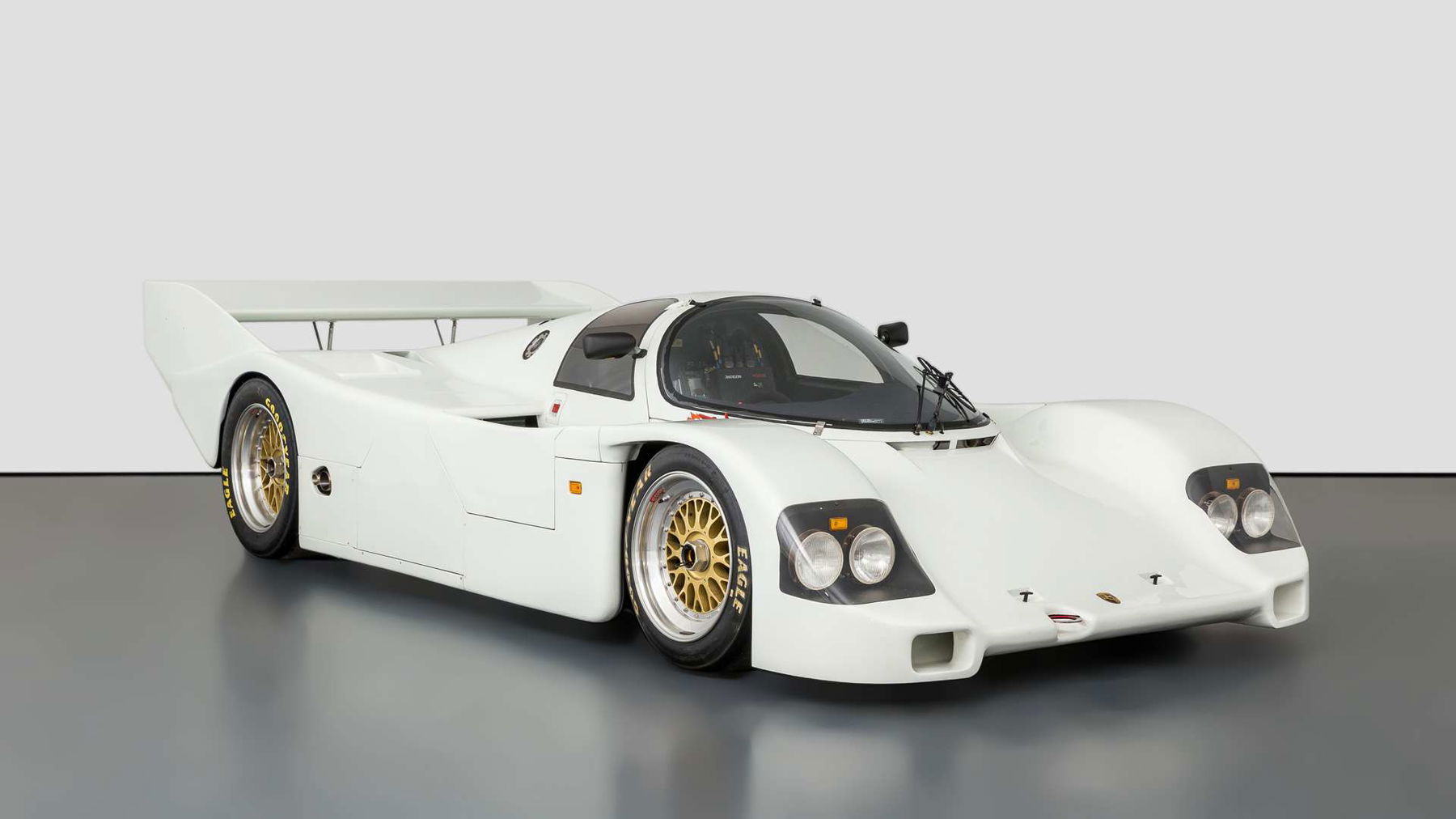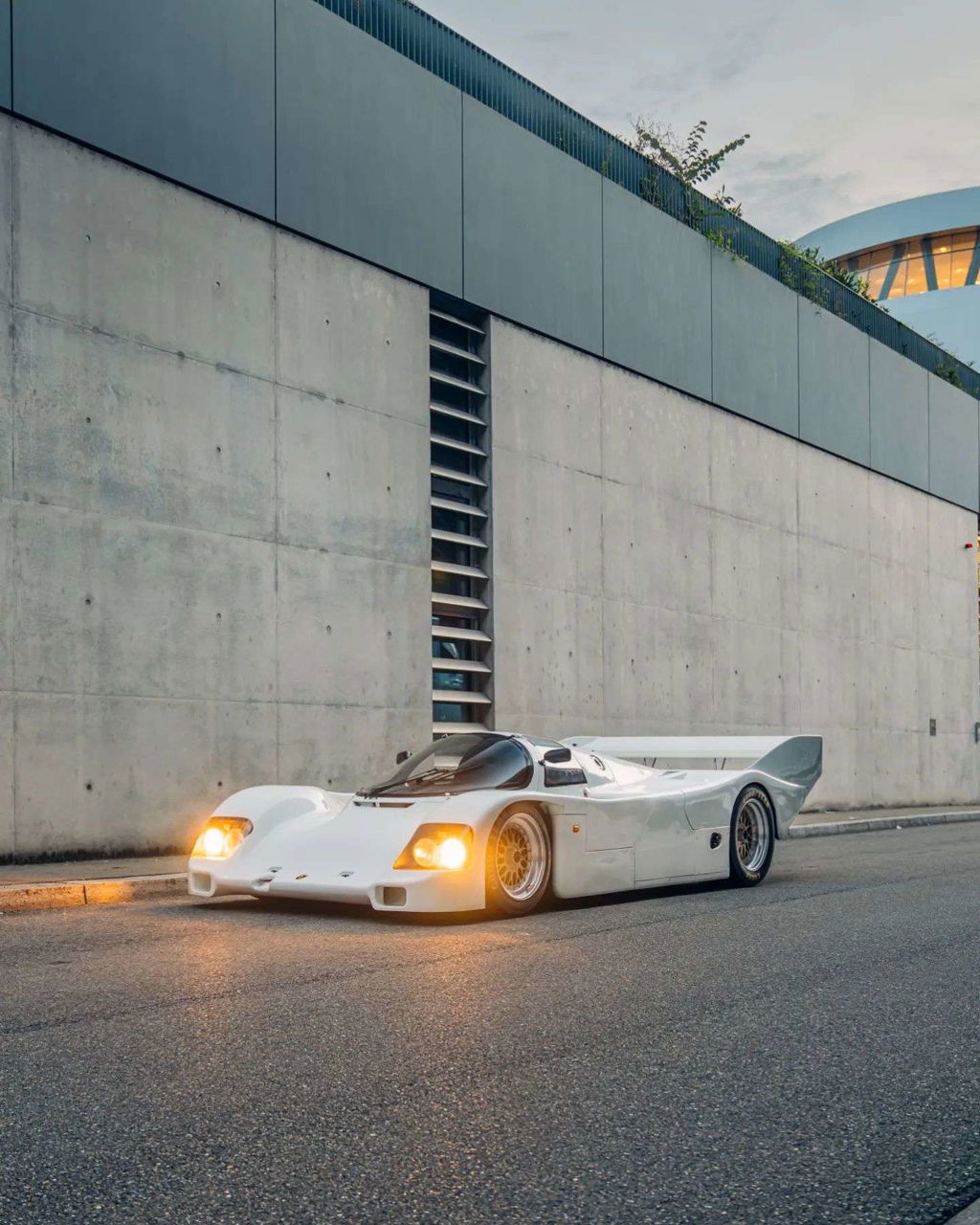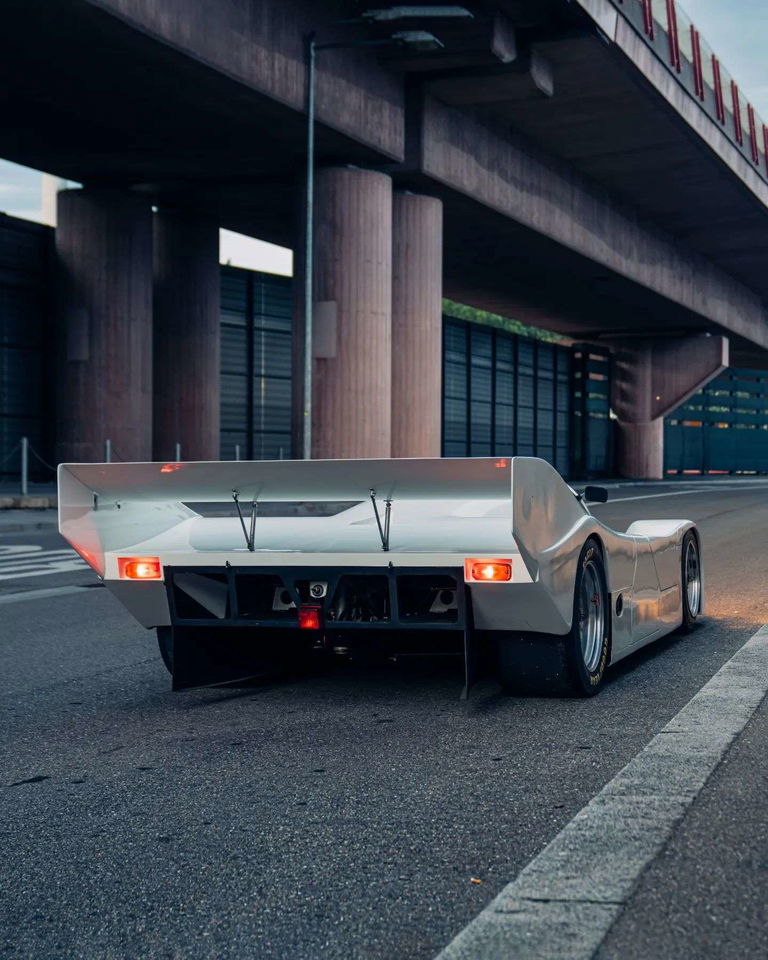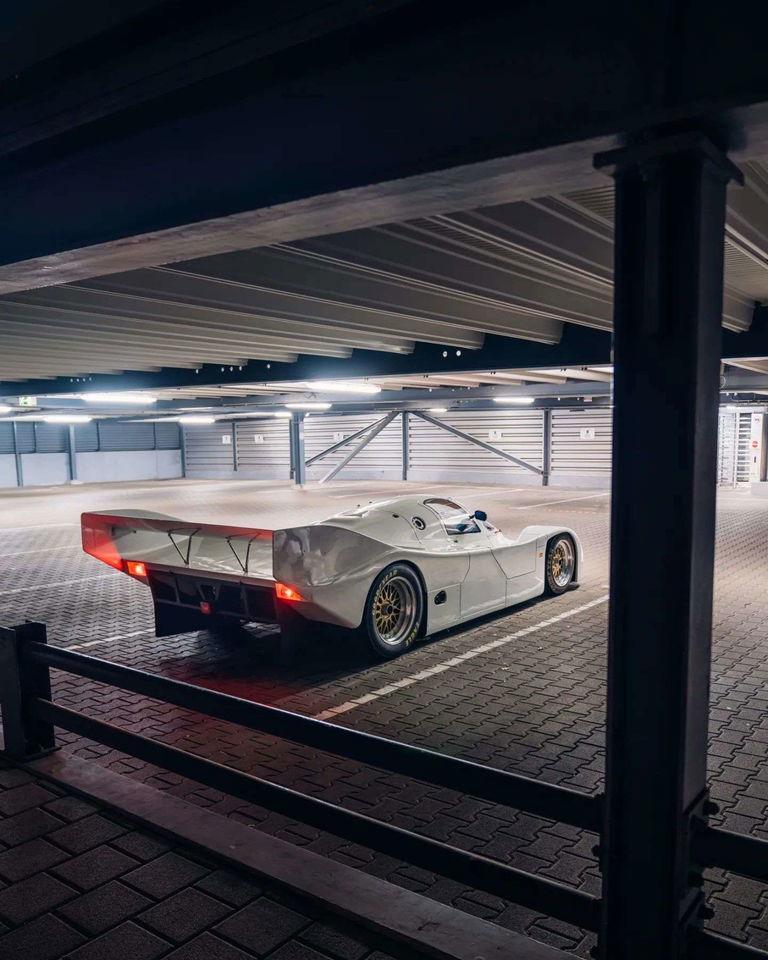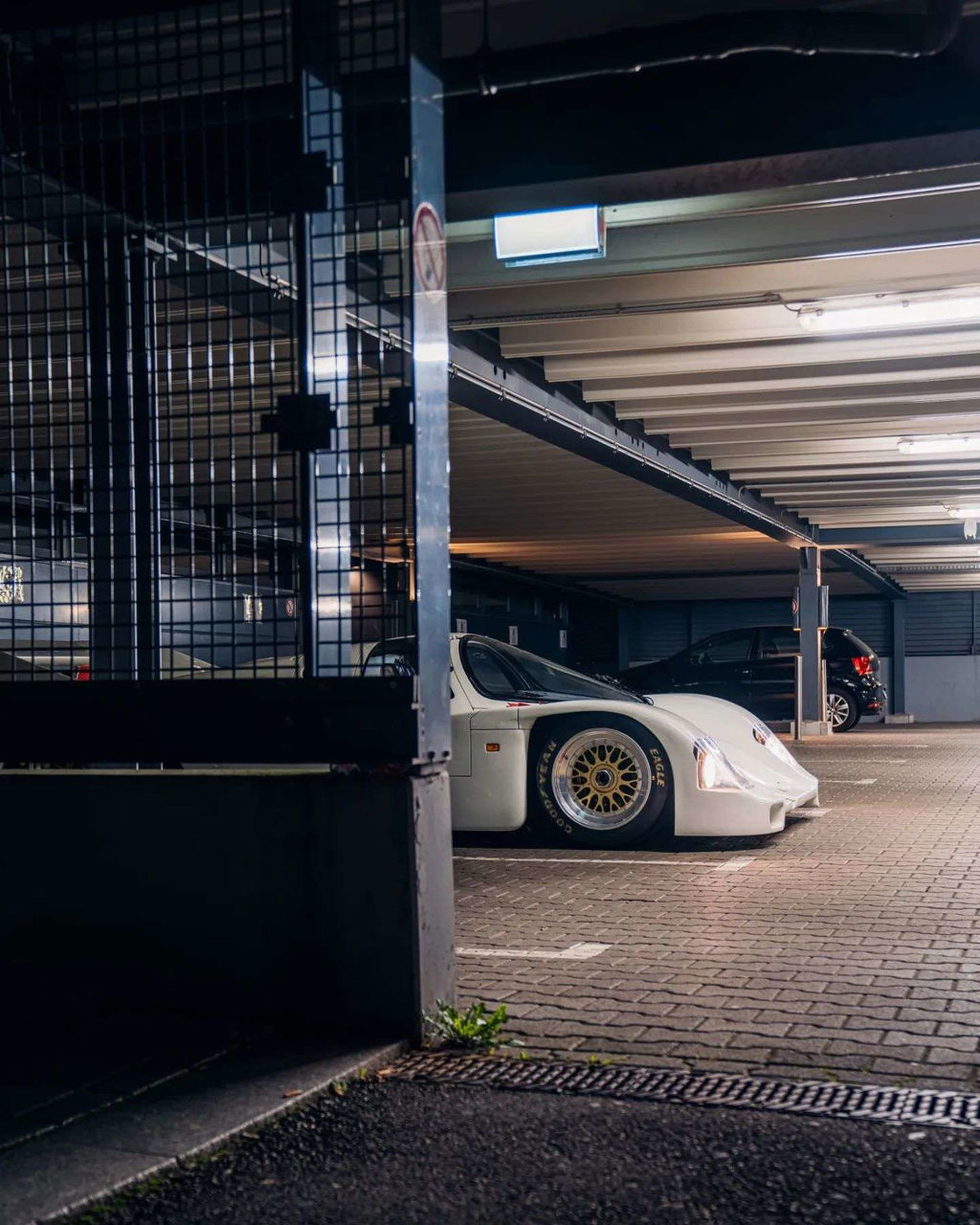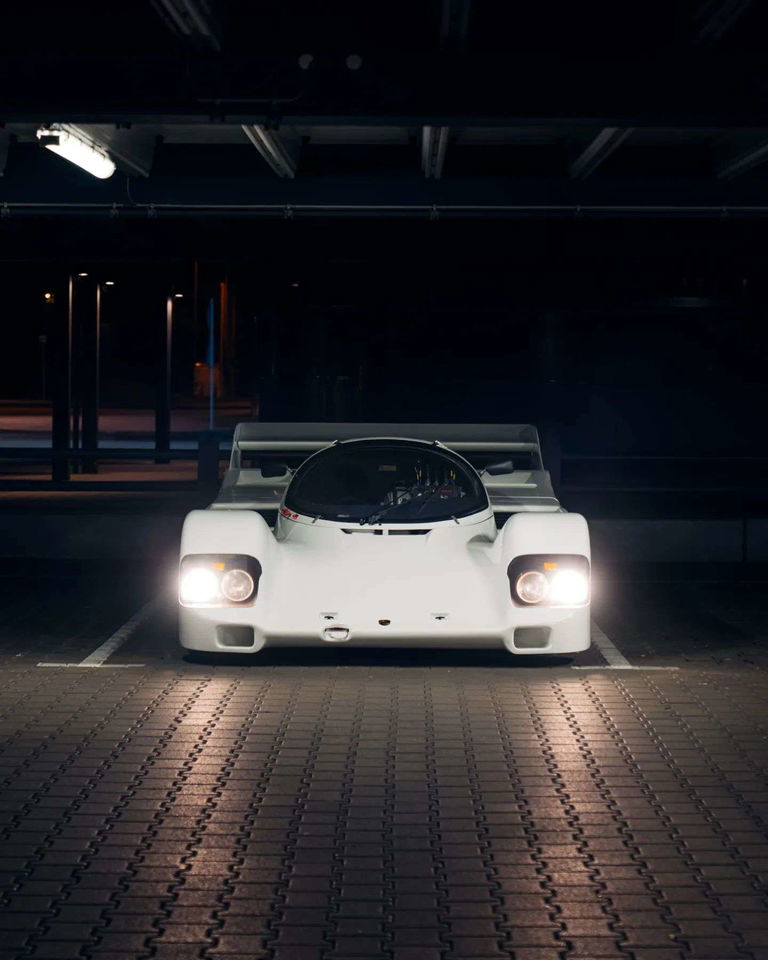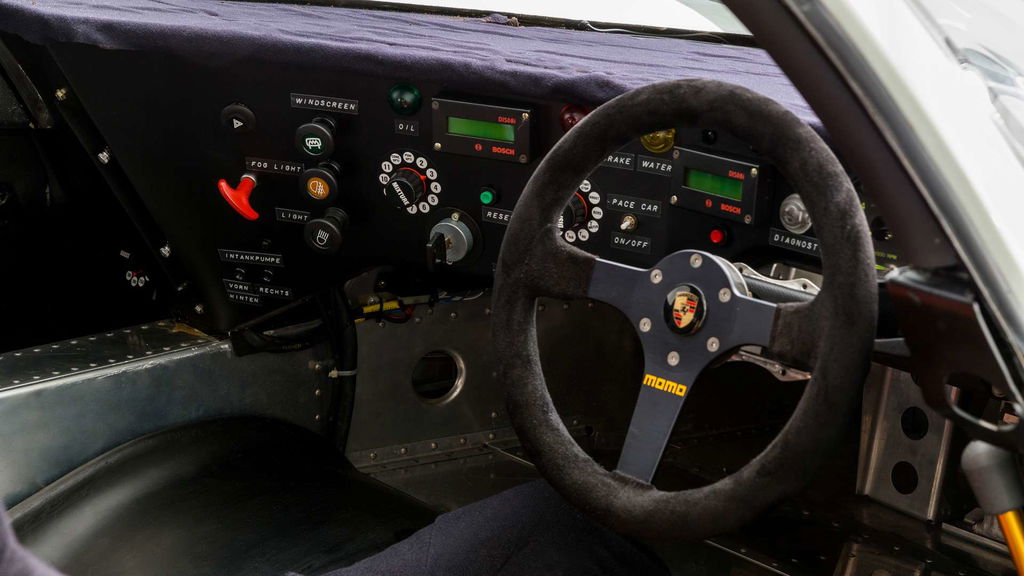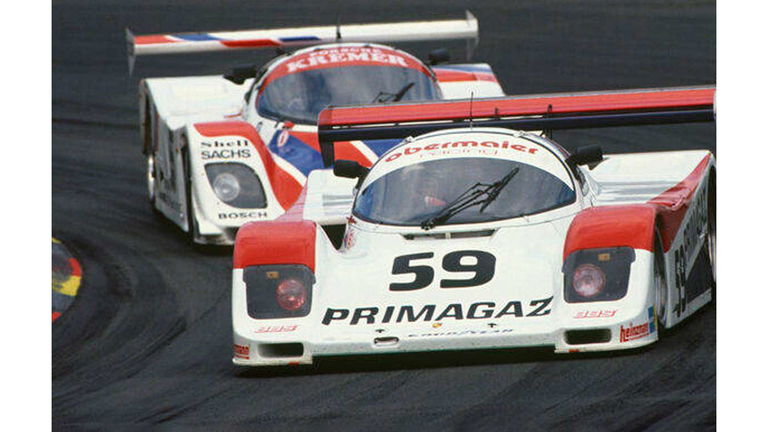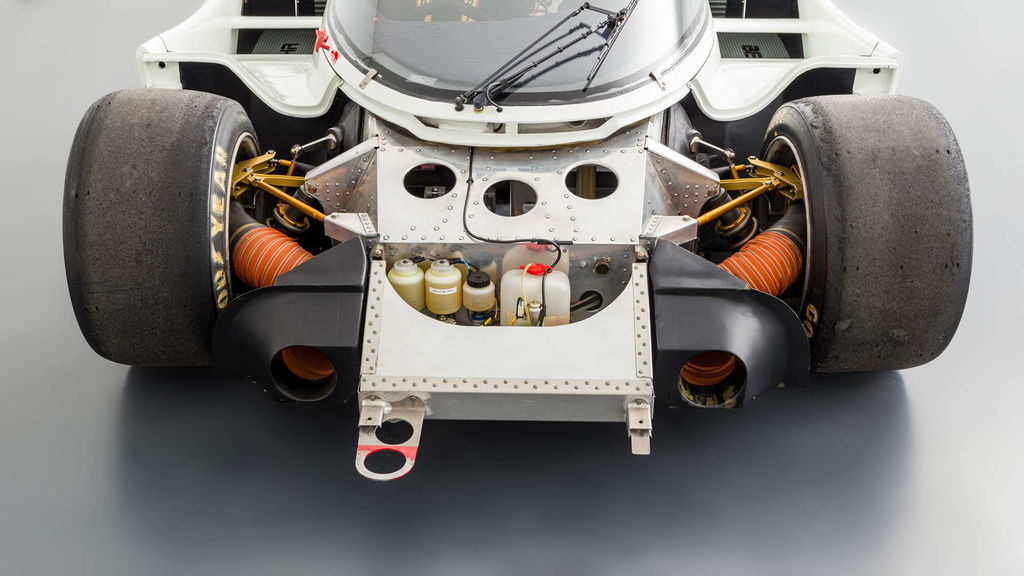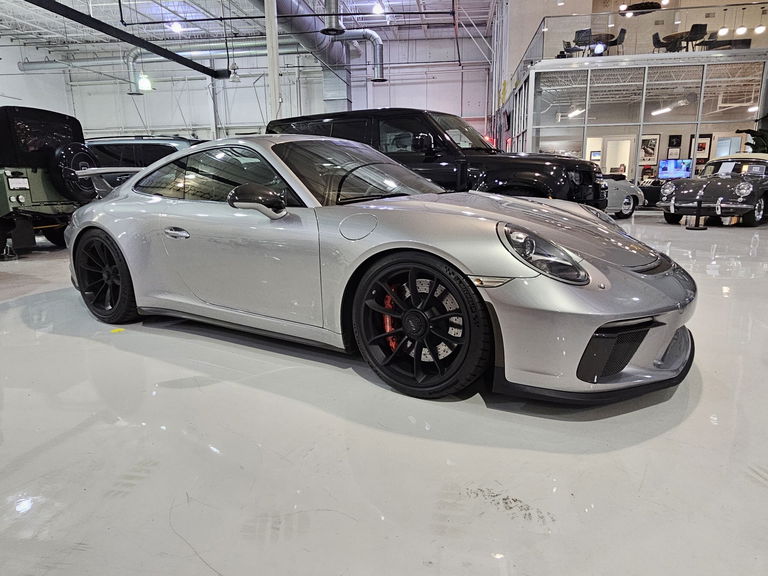The Porsche 962 C #165 offered here was completed by Porsche in Weissach in the spring of 1991 and remained the property of the Weissachers as a reserve vehicle. For the only race, chassis 165 was loaned to the Obermaier Racing team in August 1991, which used the car in the course of the FIA Sports Car World Championship at the 430-kilometer race at Nürburging. The 962 was piloted by Jürgen Oppermann and Otto Altenbach. Placed 10th in qualifying with a lap time of 1:27.856, the two drivers managed to make up 6 places in the race and finished the race in 4th place. This race was to remain the only one in chassis 165's life. For the following 4 years, the vehicle remained in the possession of Porsche Weissach and was stored. In the fall of 1995, Porsche received an inquiry from one of its most important customers, who was looking for a 962 for his private collection. Just a few weeks earlier, the same customer purchased the legendary Porsche 993 GT2 EVO in the famous "Harlequin" livery directly from the Porsche exhibition stand at the IAA 1995. And so the choice fell on that collector to sell the Porsche 962, chassis 165. At his request, the rear part of the body used for the Nürburgring race was exchanged for the original rear part, with which the car was completed at Porsche in 1991. The "Primagaz" foiling that the car had worn in the race was also removed and the car was optically and technically refurbished for handover to the collector. It was delivered to the buyer's private museum in the spring of 1996. The car remained in the owner's private museum for the next 23 years, without ever seeing the light of day on a racetrack again. In 2019, the purchase was finally made by our company. A decisive factor for this was the originality of the car, which is extremely rare to find in a Porsche 962. Many 962s have been modified and optimized by customer teams over the course of their lives. Others had to be rebuilt due to accidents. Chassis no. 165 was spared such work. In an era of booming historic racing, this is a rare opportunity to own an extremely original 962 to compete for victories at season highlights such as the LeMans Classic or at Laguna Secca during Monterey Car Week. Our sales staff will be happy to answer any detailed questions you may have at any time. Please note that vehicle inspections are generally only possible by prior appointment.
The Porsche 962C
The Porsche 956/962 sports cars won at Le Mans seven times between 1982 and 1994 and also dominated the competition on other racetracks around the world. The 962 C is based on the 956 and has a wheelbase that is 120 millimeters longer. A bi-turbo is used for racing in Europe, while an IMSA version with a turbocharger is used in North America. The Porsche 962 was presented in 1984 as a variant of the Porsche 956 developed in 1982 for FIA Group C, which also met the requirements of the American IMSA racing series. The new chassis could be used by teams in both series, equipped with Group C-compliant technology and known as the Porsche 962C. After 27 copies of the 956, Porsche built a total of around 90 racing vehicles from the 962. In addition, teams had fundamentally modified the 962 in some cases or used their own designs based on the 962 to make the chassis stiffer and safer and to improve the aerodynamics. In the eight years from 1984 to 1991 around 54 victories and numerous championships were brought in. The 962 is thus considered to be the most successful racing car, although the Porsche factory withdrew from the sport in favor of the customers. Although the dominance of the 962 was broken by the Mercedes, Jaguar, Nissan and Toyota works teams at the end of the 1980s, 962s were still in use in large numbers until Formula 1 engines were prescribed, whereupon the sports car world championship was canceled due to the high costs has been set. But even after that, at Road America in 1993 and Le Mans in 1994, the 962 continued to win races. The 962 had a steel cage instead of ALU and of course the driver's feet were now behind the VA. For this purpose, the front wheels including the axle were placed forward, which resulted in a shorter front end (main difference to the 956 in the optics). If you had just put the pedals backwards, you would have had to change the entire driver/tank/engine concept, which would have been too expensive. Something changed with this measure, the 962 was 12 cm longer in wheelbase than the 956. The rear of the 962 was a mixture of long and short tail of the group C.
Continue reading
